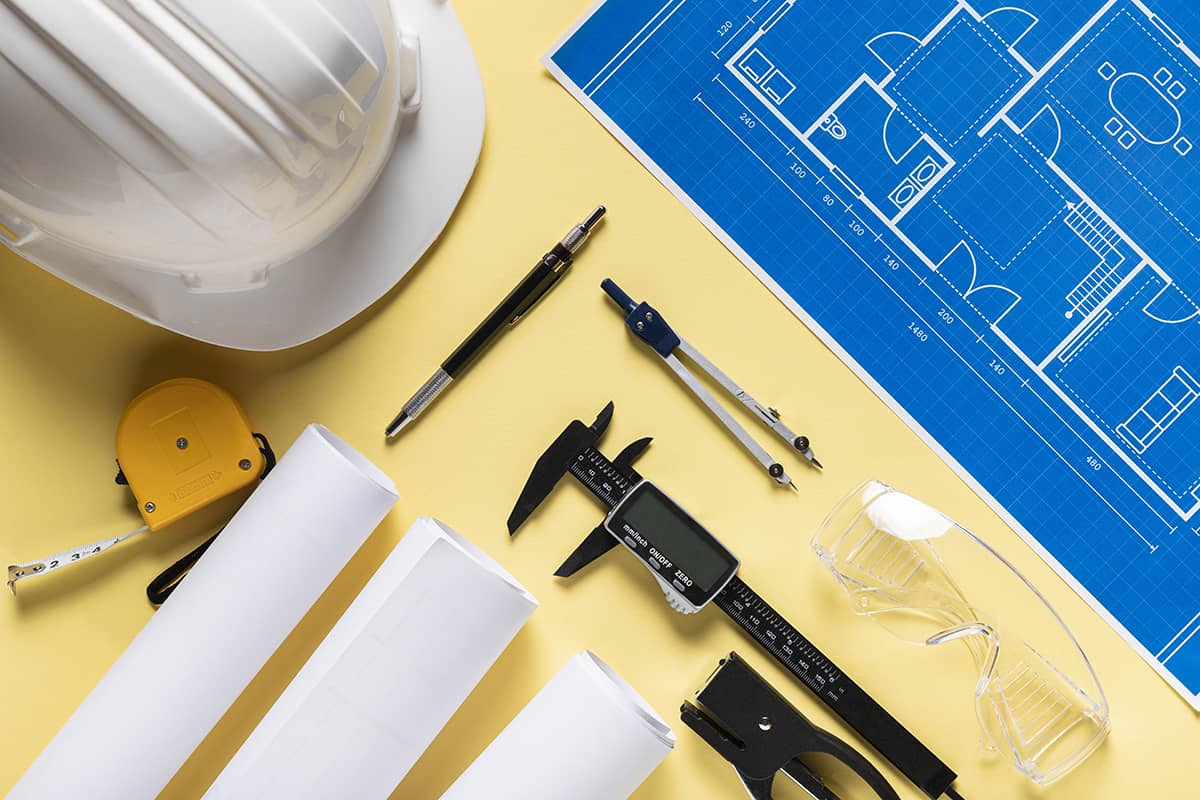The case of the Paimio Sanatorium is a great study on how architecture adapted to Finland’s tuberculosis problem at the time. Given the impact of today’s COVID-19 pandemic, it isn’t unreasonable to think that changes to architecture and interior design are on the horizon once again.
Many experts anticipate significant changes to how architects and interior designers will go about making their designs moving forward as health and safety become priorities. This undoubtedly will force many professionals to reinvent their way of thinking on the fly. This is no easy feat to accomplish, especially for those who have become accustomed to their design philosophies and have not had adequate training in designing for health and safety.
In the case of a current freshman student, their education gives them at least four years to fully grasp the challenges that their mentors will need to face head on in the same timespan. This gives them more time to analyze what works and what does not, allowing them to refine their perspectives and come up with their own unique design philosophies. As such, students have the advantage of learning by experimenting with minimal risk.
There have also been rumblings of the importance of modular designs as of late. This is probably in response to the need for quick constructions in times of crisis, such as the quick construction of additional temporary hospitals. Modular designs using prefabricated structures is not a particularly common practice here in the Philippines. Given how modular design is starkly different from what many professionals practice, the advantage of students having a “clean slate” in terms of design philosophy is further highlighted.
Of course, this is not to say that the current industry leaders have no role to play in all this. They will be the ones to lay the foundation for these changes after all. At the same time, they will be the ones responsible for guiding and teaching the next generation of professionals in their industry. Similarly, it is up to the current leaders to encourage and adopt the new philosophies that today’s students will eventually bring to the table. However, the ones who will make these new design philosophies a standard in the “new normal” of the post-COVID-19 world will undoubtedly be the Architecture and Interior Design students of the next five to eight years.


